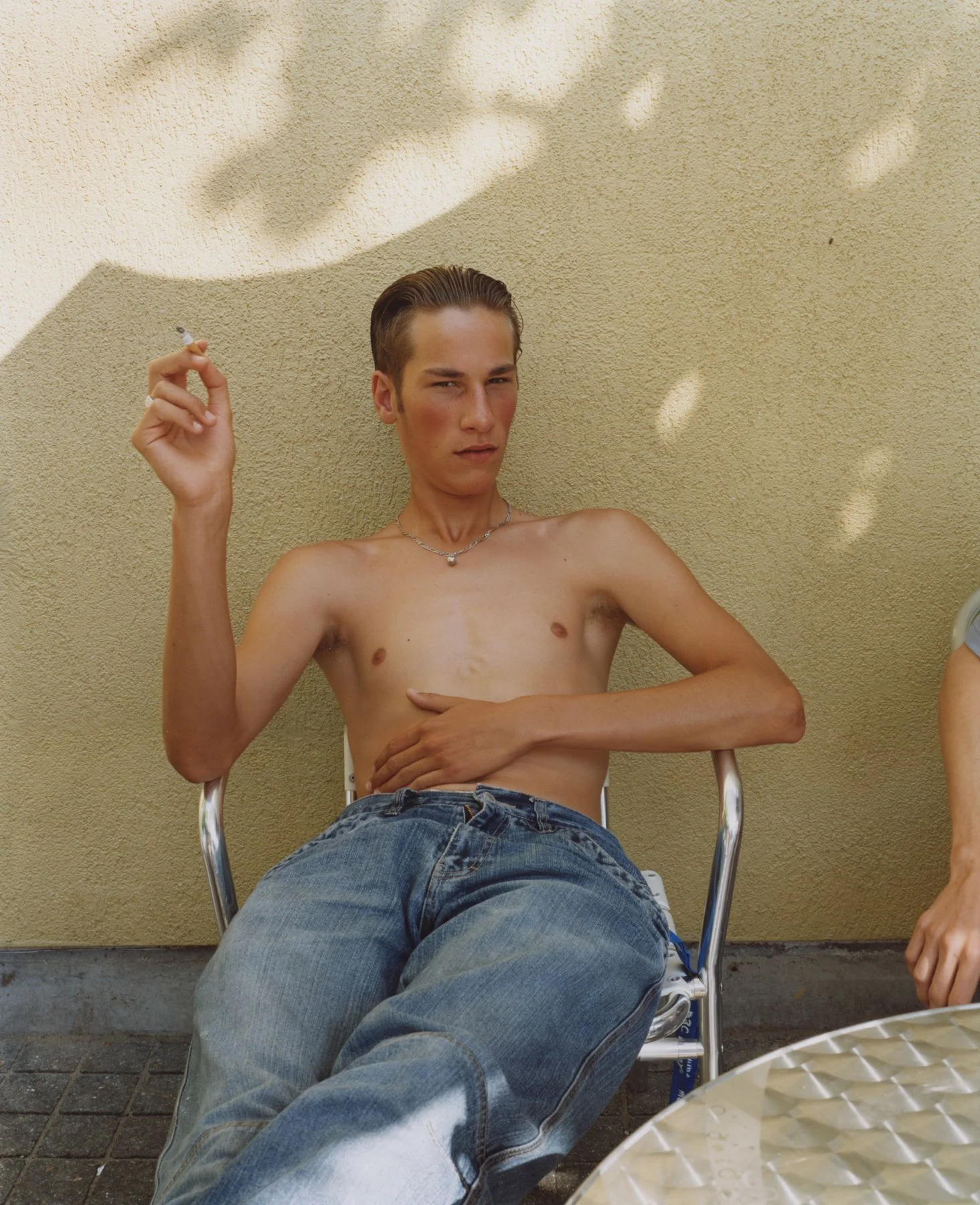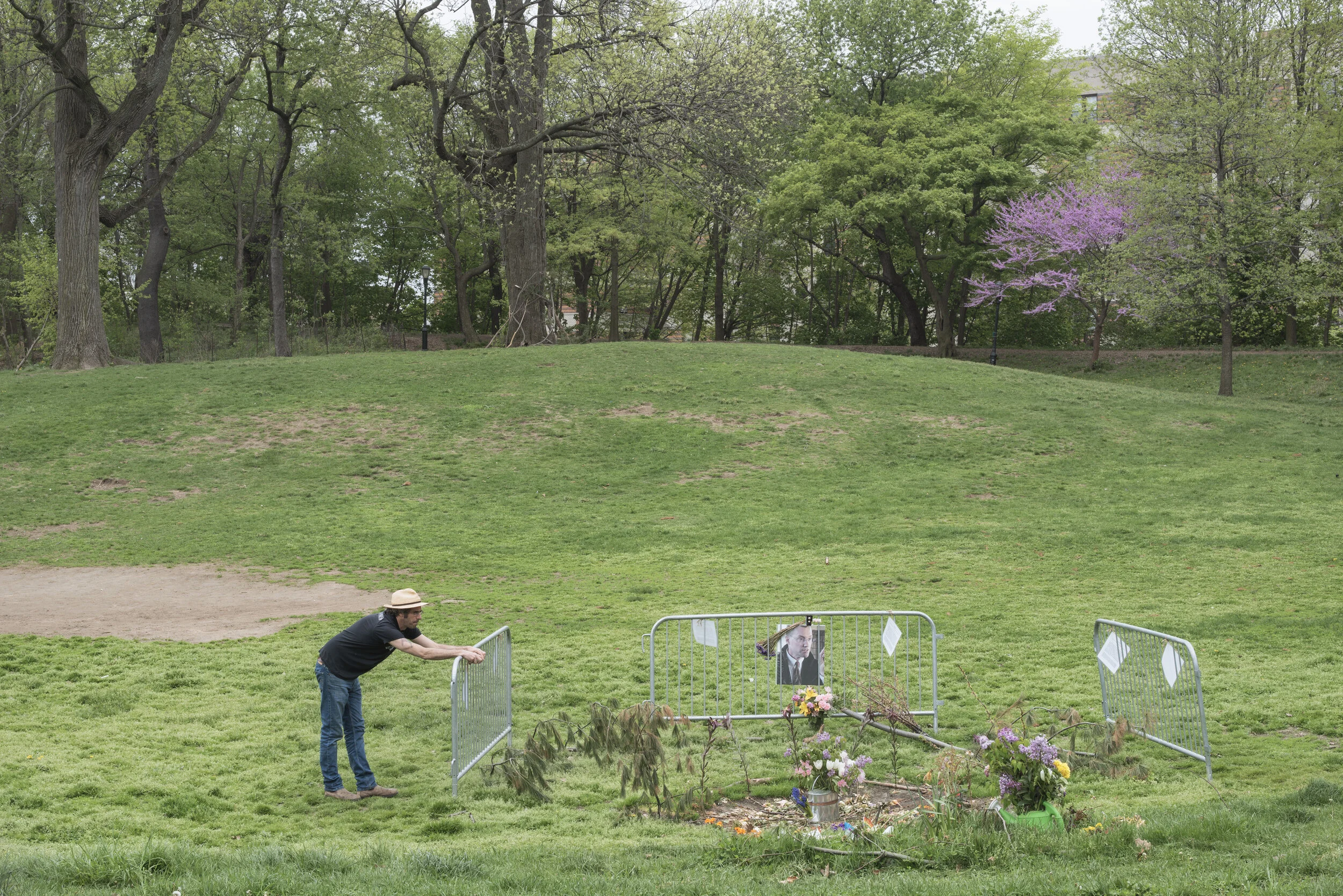Mummy “Sarita”, Museo Santuarios Andinos, Arequipa, Perú
Mummy “Sarita”, Museo Santuarios Andinos, Arequipa, Perú
As the glaciers of the high Andes melt at an accelerated rate because of climate change, many human sacrificial sites at 20,000 feet or more have been revealed. Numerous mummies, previously preserved by cold, dry conditions have been recovered. Children were sacrificed by the Incas 500 years ago in difficult times such as after earthquakes struck or volcanoes erupted.
Child beauty pageants in the United States today represent a multi billion dollar industry. Parents who may have spent thousands of dollars for preparations and costumes for their child may be exhibiting the first stages of what psychologists such as Dr. Martina M. Cartwright refer to as “Risky Sacrifice”. In this type of behavior “parents may make risky financial decisions to support their child’s perceived abilities.”
Schuster, M.H., Angela, Inka Child Sacrifice, Archeology Magazine, 11 December 1996. http://archive.archaeology.org/online/news/inka.html
In this article Schuster outlines the 1996 discovery of the mummy called “Sarita.” Researcher Johan Reinhard and his team found the remains of 17 year-old Sarita “atop the 18,070-foot Andean peak Sara Sara in southern Peru.” Her body had been preserved by ice and snow, mummifying the young girl for over 500 years. Researchers determined that Sarita was sacrificed “as an offering to Inca gods, including the sun, moon, and, most importantly, the mountain itself.”
Sarita was found on a sacrificial platform in the fetal position. She was surrounded by artifacts meant to be additional offerings to the gods. Among these objects were “three gold and silver statuettes and a small bundle of coca leaves...a six-inch-tall silver female statuette wrapped in textiles; one silver and one gold male statuette; a female figurine and a llama carved out of spondylus shell; and one gold and one silver llama.”
Schuster explains that the Inca people commonly practiced animal sacrifice as a way to gain the gods’ favor. However human sacrifices and those of children were rare, only “in times of famine, epidemic, and military defeat, or on the summer and winter solstices, the most sacred events of the Inka ceremonial calendar.”
Perry, Philip, Researches Discover a New Reason Why Ancient Societies Practiced Human Sacrifice. Big Think http://bigthink.com/philip-perry/researchers-discover-a-new-reason-why-ancient-societies-practiced-human-sacrifice
Although it is commonly understood that sacrifice, particularly human sacrifice, stems from the religious desire to please the divine, a recent study published in the journal Nature suggests something different. This article studies 93 different tribes who originated in Taiwan and continued to live in ancient Australia. 40 of these tribes were found to have practiced human sacrifices somewhat regularly. It is argued here, however, that these sacrifices were not religiously motivated, but rather socially and politically.
These sacrifices were actually used as a “power grab” by the tribes elites, proving that they can not only communicate with the divine but also that they have the overwhelming power to end human life “for the greater good”. It was found that the societies that practiced human sacrifice were at first egalitarian, though after years of ritualistic sacrifice, became social hierarchies. It was also found that the sacrificed were often of a lower class than the person performing the act; in many cases the sacrificed was a slave or prisoner of war.
JonBenét Ramsey Murder Fast Facts, CNN, 21 December, 2016. http://www.cnn.com/2013/08/29/us/jonbenet-ramsey-murder-fast-facts/
In this article CNN outlines the facts of the 1996 murder of “six-year-old beauty pageant queen” JonBenét Ramsey. Ramsey was found dead in her home in Boulder, Colorado and the subsequent investigation yielded no answers as to the perpetrator.
Before her death JonBenét Ramsey was a decorated pageant queen, winning multiple state and national beauty pageants such as “Little Miss Colorado, Little Miss Charlevoix, Colorado State All-Star Kids Cover Girl, America's Royale Miss, and National Tiny Miss Beauty.” Her blonde curls, adult makeup, and angelic visage sparked national interest in the case at time of her death, an interest that has continued for decades.
Reports state that Ramsey’s body was found in the basement of her home and that her “skull had been fractured.” While there have been several suspect in the case, including Ramsey’s parents John and Patsy, no one was ever charged with the murder.
In 2016, television network CBS aired “docuseries about the murder of JonBenét” in which investigators and forensic scientists reviewed the case and attempted to solve the crime by using new technologies. Forensic pathologist Dr. Werner Spitz implicated JonBenét’s brother Burke Ramsey as her murderer, resulting in a “$150 million defamation lawsuit” filed on Spitz by Burke.
To this day there is no answer as to who killed JonBenét Ramsey- however her name and image remain recognizable.
Cartwright. Martina, M., Princess by Proxy, Psychology Today. 5 November, 2012. https://www.psychologytoday.com/blog/food-thought/201211/princess-proxy-explaining-extreme-pageant-moms
In this article psychologist Martina Cartwright discusses the reasons why parents push their daughters to participate in child beauty pageants. This subject was popularized in American cultures through reality shows such as Toddlers and Tiaras, which chronicles a group of pageant queens and parents in their quest for perfection. Dr. Cartwright explains that the parents of pageant queens often exhibit signs of a condition called “Achievement by Proxy Distortion” meaning the success of the child is often viewed by the parent as their own person success.
She writes, “Today’s tot glitz pageants are a multi billion-dollar industry. The entry fees coupled with extravagant costumes and makeup run up the participant tab to several hundred, if not thousands of dollars.” This is commonly more money than the potential cash winnings of the pageant. Parents who “invest thousands of dollars in tot pageants for the rare chance at fame” are making what Dr. Cartwright calls a “risky sacrifice.” They invest more money than is smart, given their fiscal means, deciding to risk it in support of the “child’s perceived abilities.” This causes parents to lose “the ability to differentiate their needs for success and achievement from the child’s” and to increase “pressure for the child to perform no matter what are characteristics.”
Dr. Cartwright describes some of the techniques parents use in an attempt to secure their child’s success in the pageant world. Days begin very early to allow for hours of “hair, makeup and dressing” before each pageant. Many pageants continue into the late afternoon. However “because of the need for head to toe perfection, naps were discouraged as the child’s hair and dress might become disheveled” prompting parents to employ unhealthy techniques for keeping their queens awake such as sugar and caffeine. These substances are often referred to as “pageant crack.”
Paulas, Rick, Sacrificing Virgins, VICE, June 3, 2013. https://www.vice.com/en_us/article/5gw7kz/sacrificing-virgins
Another trend in ancient sacrifice was that the slain be a virgin. This stems from the desire to provide purity to the divine, ensuring a successful “trade”—a good sacrifice for a good harvest. This practice, though often deemed ancient, can actually be seen, in slightly more subtle ways, in many modern day religious cultures and experiences.
One example of this may be found in the Mormon faith. Women within the faith are told, from the moment they can understand, that they must save their virginity until marriage. In the kidnapping case of Elizabeth Smart, a 14 year old Mormon girl, this correlation becomes clear. Smart was abducted for nine months, and repeatedly sexually abused and raped by her captor, Brian David Mitchell. Smart was held only 5 miles from her home, and was taken on many public outings during her abduction. It was stated by police that there were many instances upon which she could have escaped, but each time she chose not to. Smart believed that, because she had pre-marital sex, she was worthless as a woman, and no longer desired to escape.
Many other examples of women oppressed for their sexual “deviancy” to the point of death or suffering exist. World religions set in place serious penalties for women who chose or who are forced to disobey these standards.














































